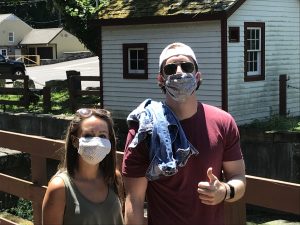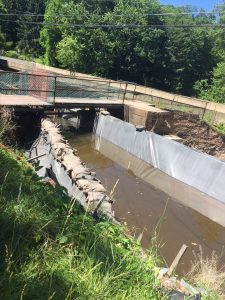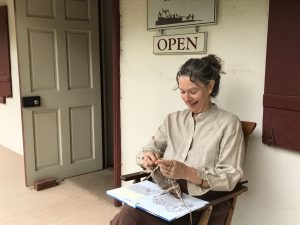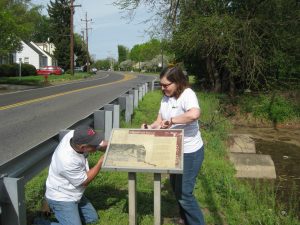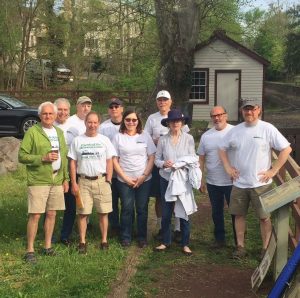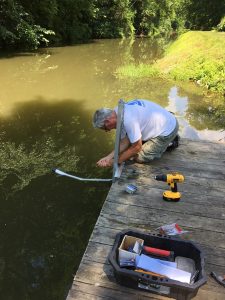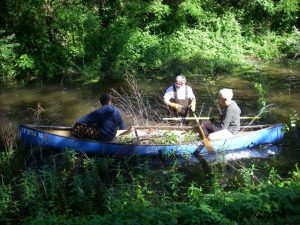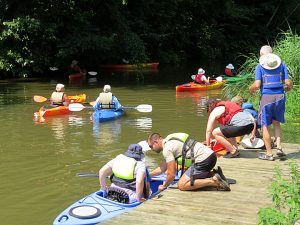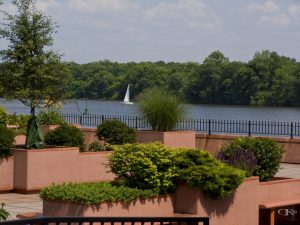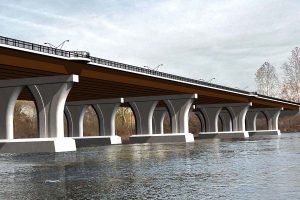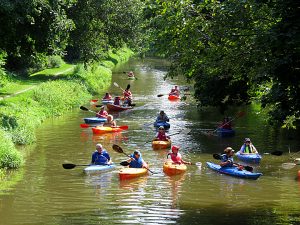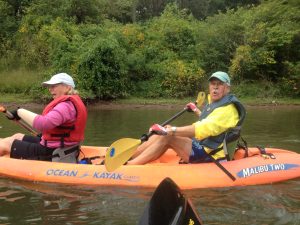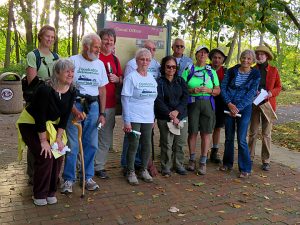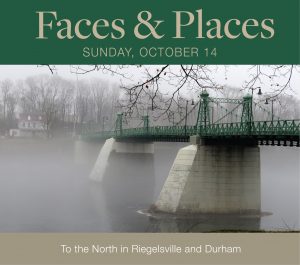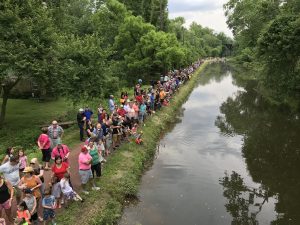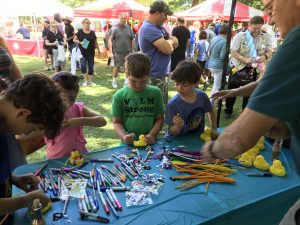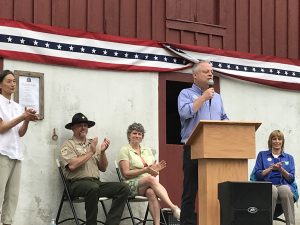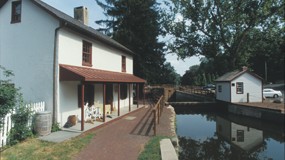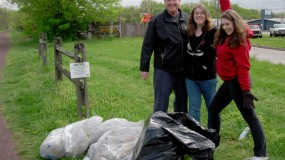Full Moon Towpath Trek, in New Hope, PA
REGISTRATION IS CLOSED FOR THIS WALK.
If you would like to be added to our waitlist, please email the us at friends@fodc.org.
Thank You.
Venture along the towpath at twilight to see the full moon rise above the Delaware River.

We will meet in the rear parking area adjacent to the Canal at the Canal Path Park located at 2520 River Rd, New Hope, PA 18938.
State Park Educator Katie Martens and FODC Executive Director, Michael Ginder will lead a moderately-paced (the colder it is, the faster we go), 3.5-mile round-trip walk through the historic village of New Hope with a stop at the Locktender’s House.
On the way south from Canal Park to Lock 11 in New Hope, we’ll listen for owls and keep our eyes open for other nocturnal critters. At the Locktender’s House we will stop and warm up with a hot beverage and cookies.
The walk will be held weather permitting. It will be canceled in the event of rain, total cloud cover, or hazardous conditions. Check for a Go/No Go message that will be emailed and posted on our website by noon on December 3rd.
A $10 contribution is requested for the “Full Moon” Towpath Trek, which may be paid on the day of the event.
Simply fill out our form to reserve your spot. Attendance is limited to 25 people.
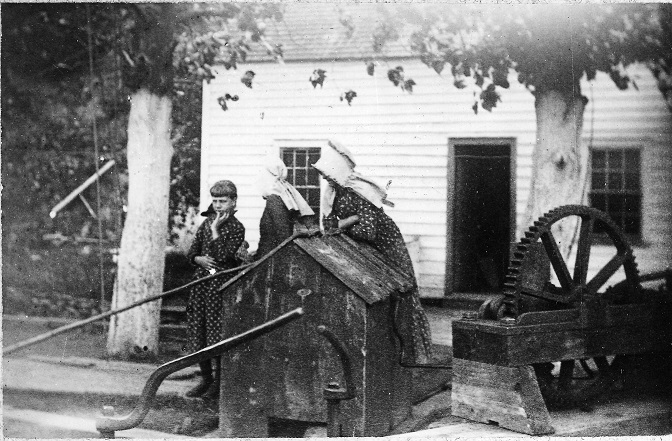
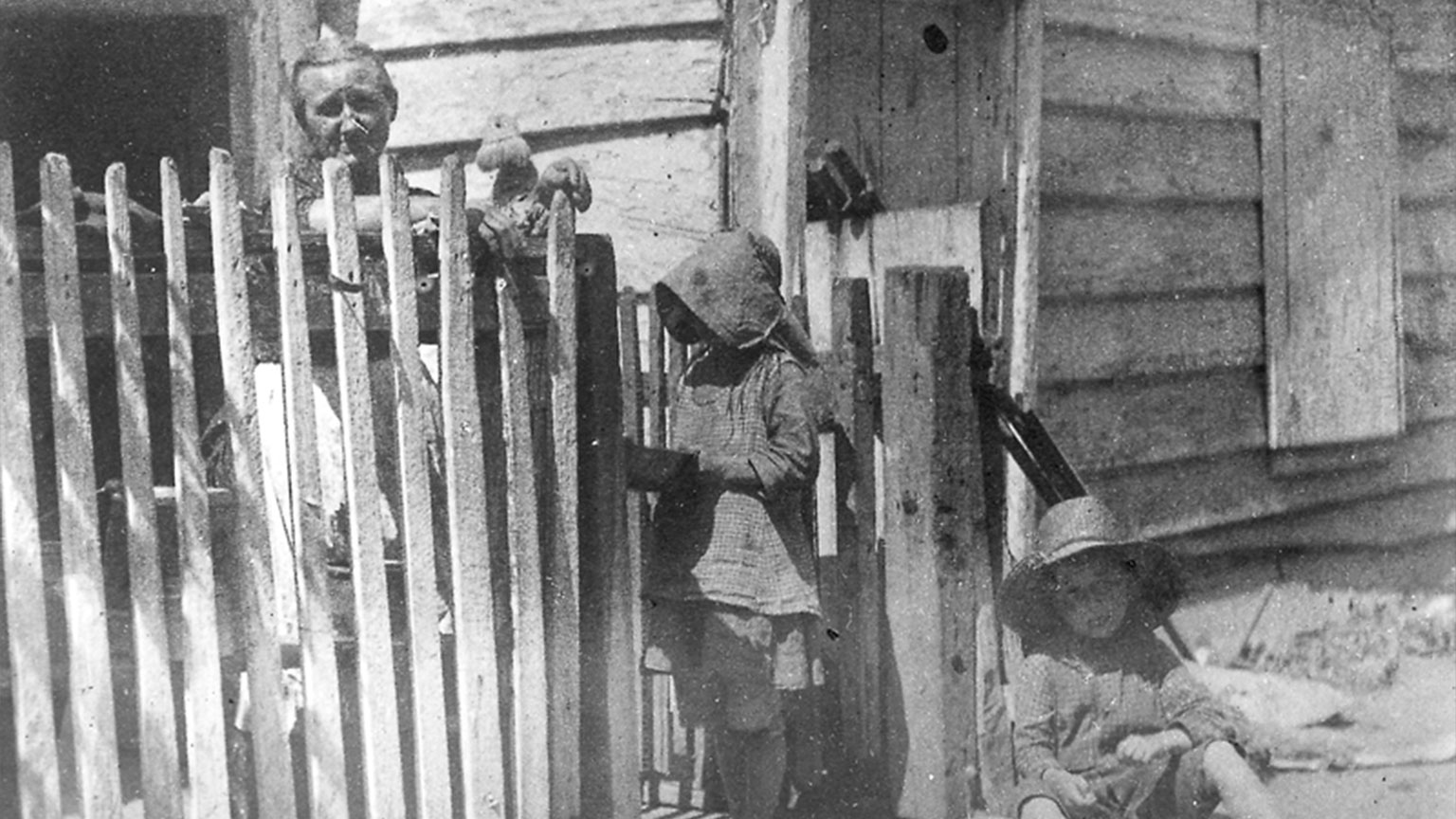
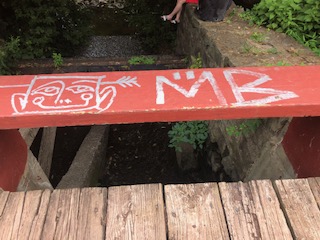
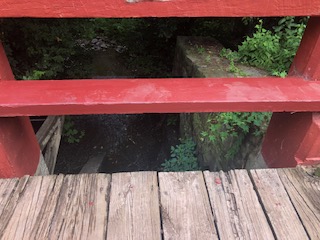 We are lucky to have many committed Canal Tenders who send photos and often take matters into their own hands. In the southern section of the Canal, one of these
We are lucky to have many committed Canal Tenders who send photos and often take matters into their own hands. In the southern section of the Canal, one of these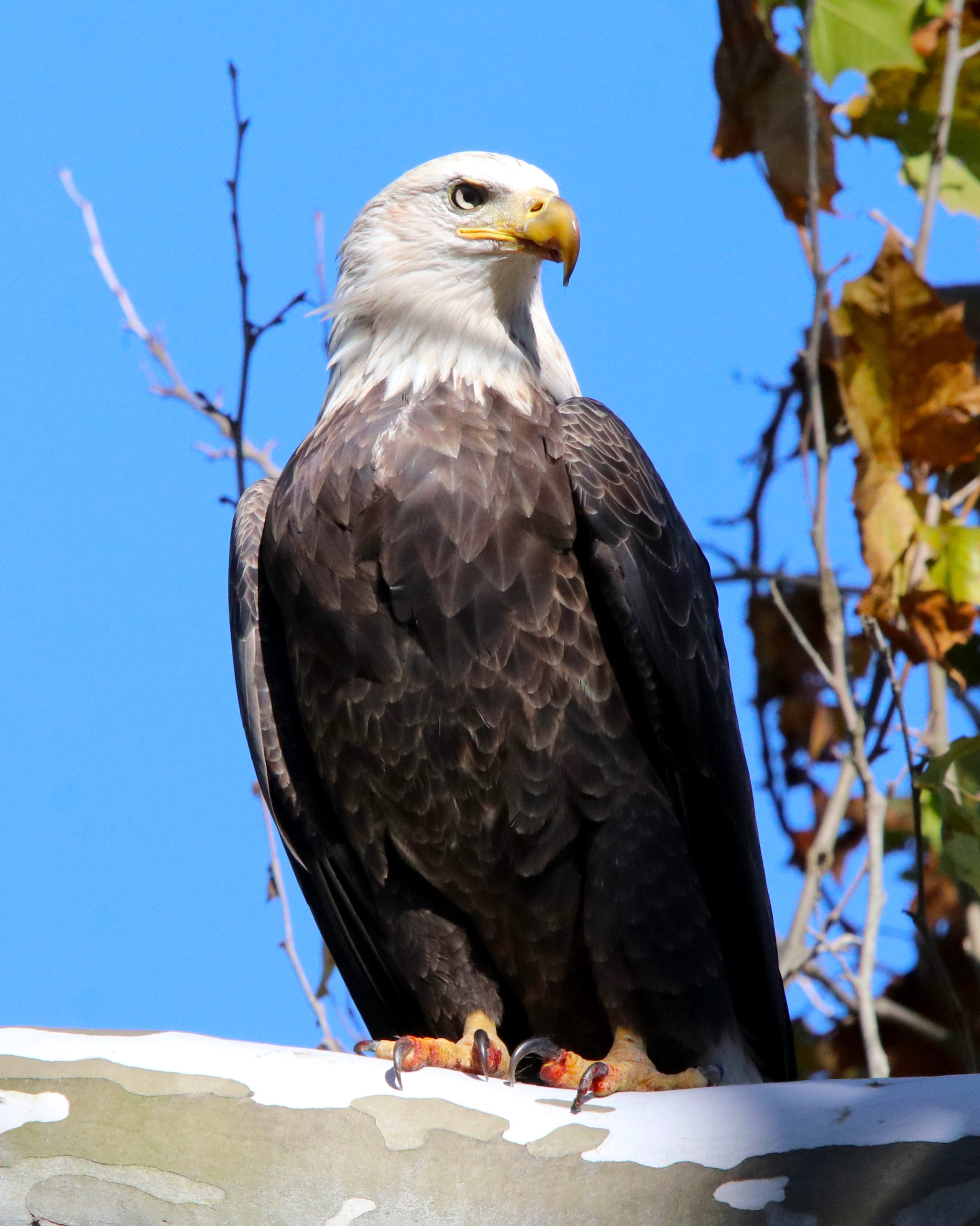 This year, on July 4th weekend, several favorite spots along the canal exceeded capacity. The gates at the Virginia Forrest Recreation Area had to be closed due to overcrowding. Since the pandemic, the number of visitors has continued to grow along with their impact on the local economy.
This year, on July 4th weekend, several favorite spots along the canal exceeded capacity. The gates at the Virginia Forrest Recreation Area had to be closed due to overcrowding. Since the pandemic, the number of visitors has continued to grow along with their impact on the local economy.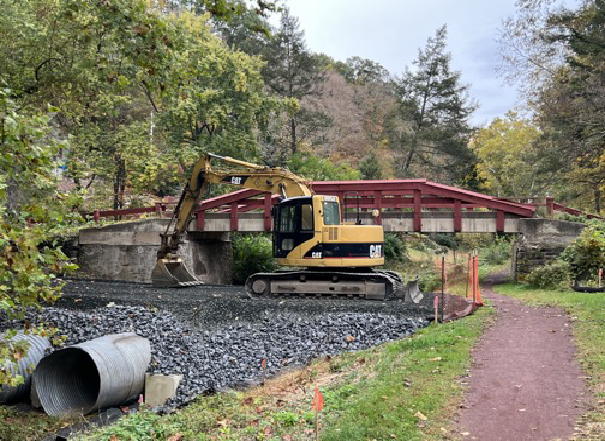
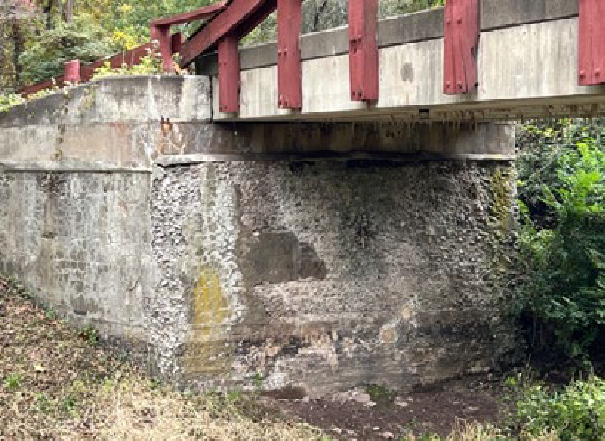
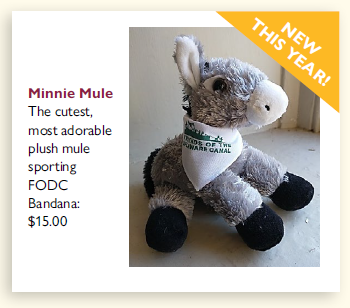 NEW THIS YEAR – Minnie Mule The cutest, most adorable plush mule sporting FODC Bandana: $15.00
NEW THIS YEAR – Minnie Mule The cutest, most adorable plush mule sporting FODC Bandana: $15.00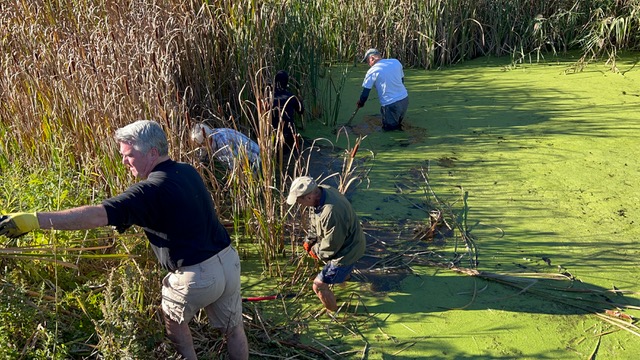
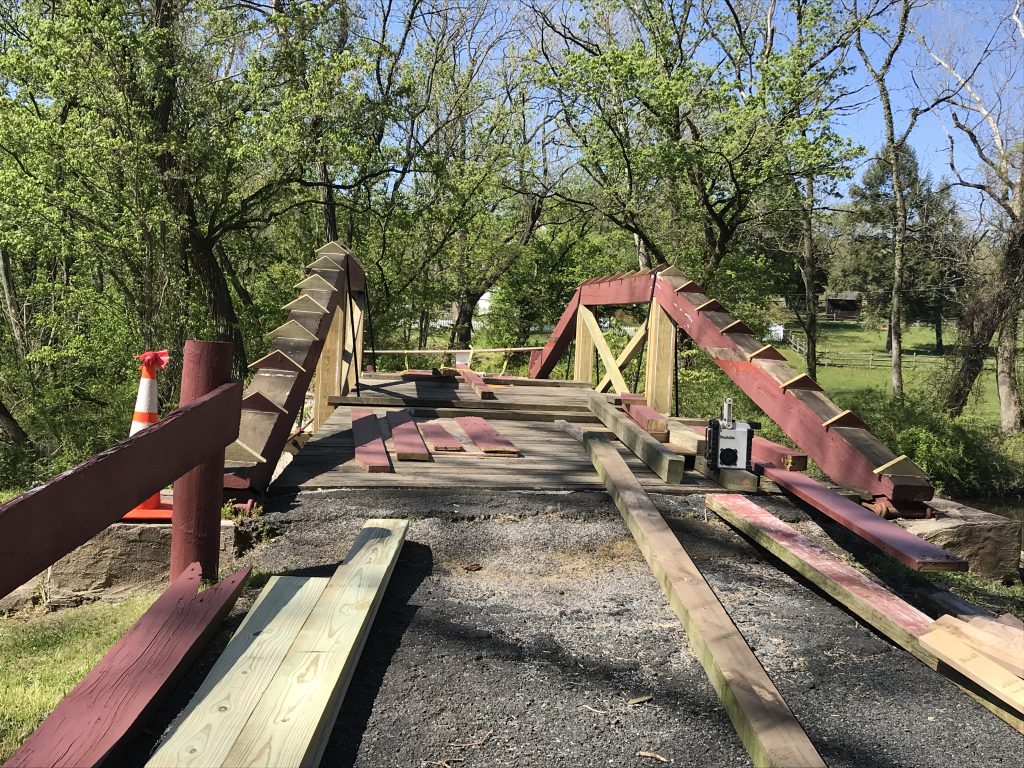
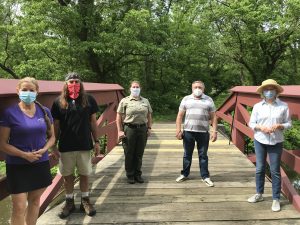
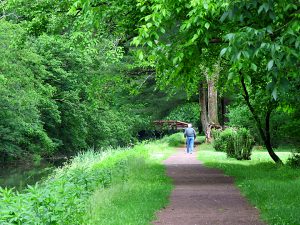
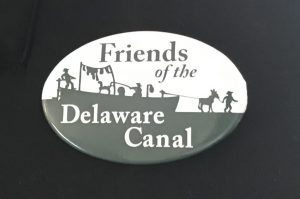
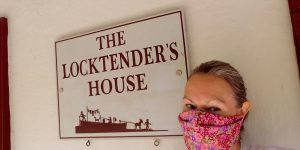
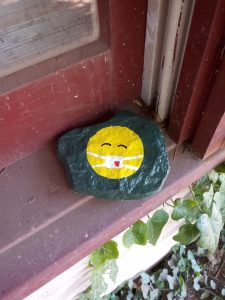
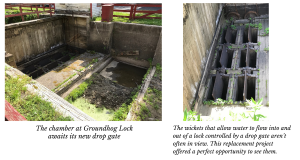
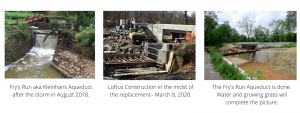
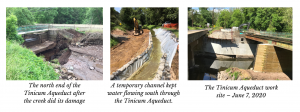 To keep water flowing southward, DCNR installed a temporary channel. Concurrently, an engineering consultant was engaged to develop plans to restore and strengthen the earthen structures, repair the leaks in the aqueduct’s stone abutments, reinforce its stone pier in the Creek, replace the deteriorated footbridge, and refinish the steel trough.
To keep water flowing southward, DCNR installed a temporary channel. Concurrently, an engineering consultant was engaged to develop plans to restore and strengthen the earthen structures, repair the leaks in the aqueduct’s stone abutments, reinforce its stone pier in the Creek, replace the deteriorated footbridge, and refinish the steel trough.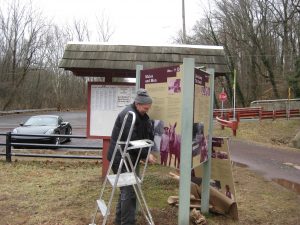
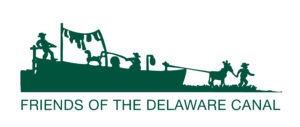 The Friends’ Canal Tender volunteers watch over and care for their sections of the towpath and waterway year-round. The Delaware Canal is so much better for their efforts.
The Friends’ Canal Tender volunteers watch over and care for their sections of the towpath and waterway year-round. The Delaware Canal is so much better for their efforts.